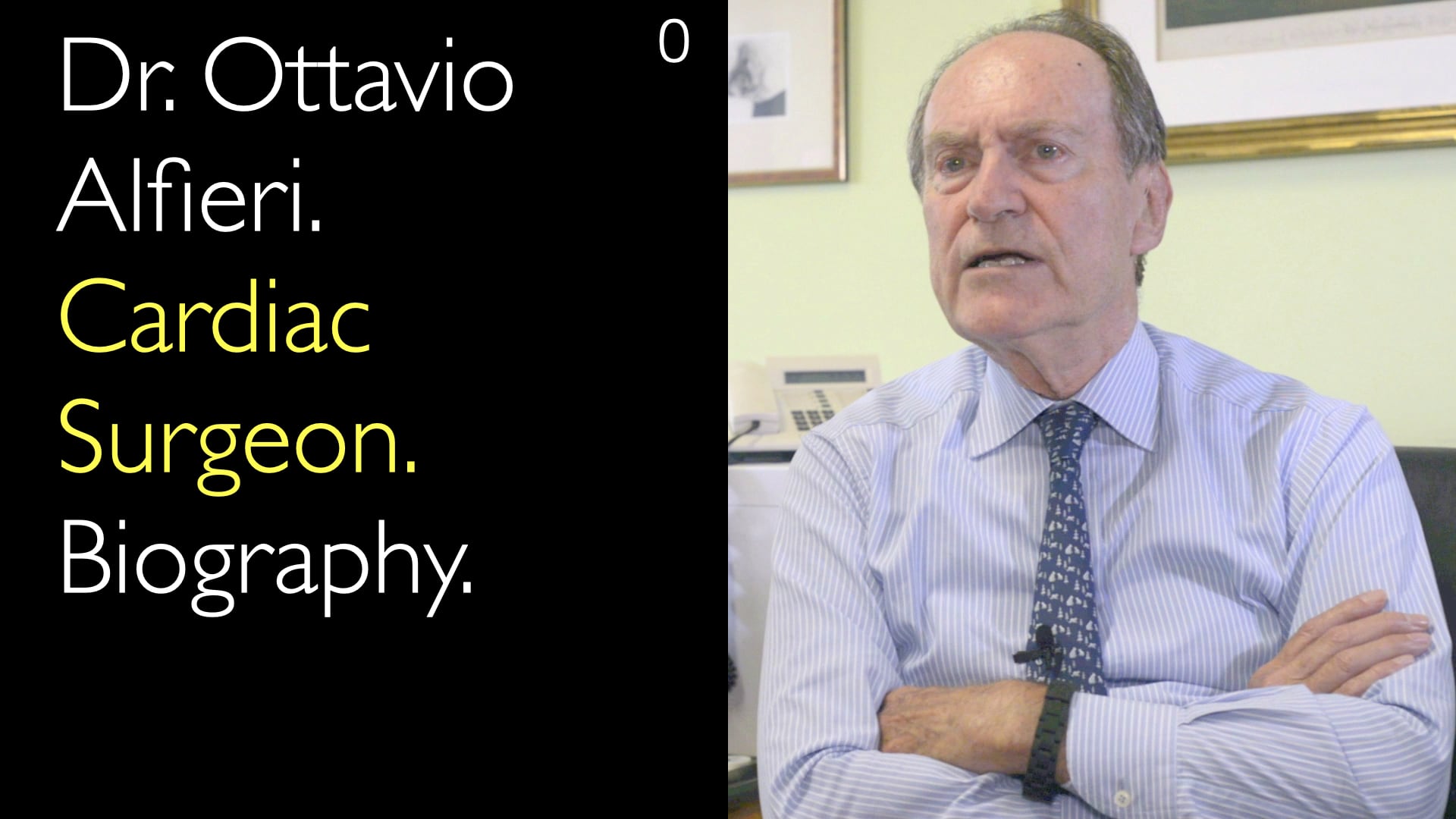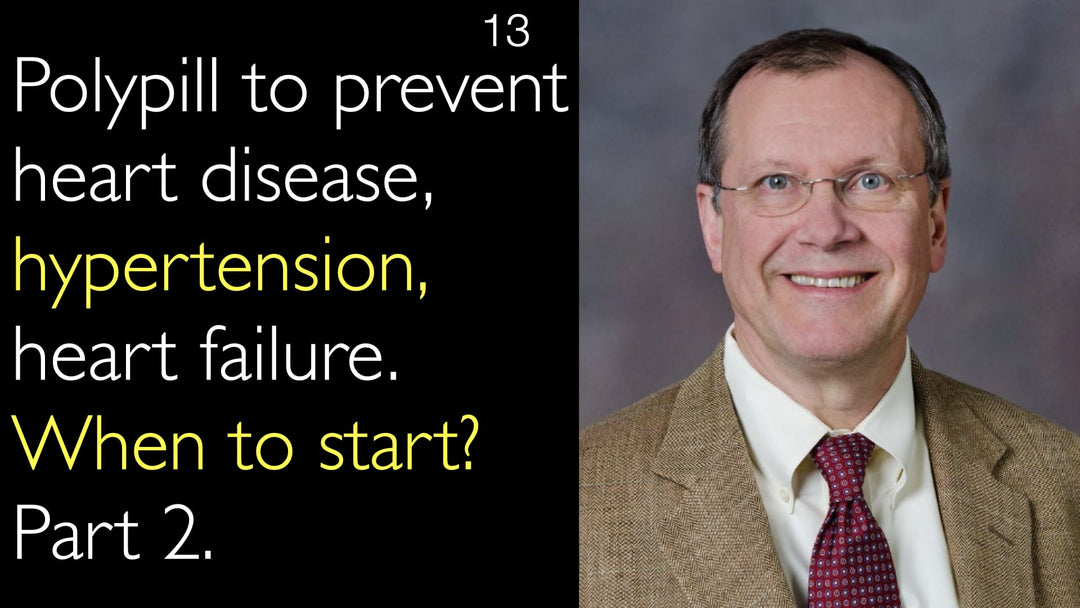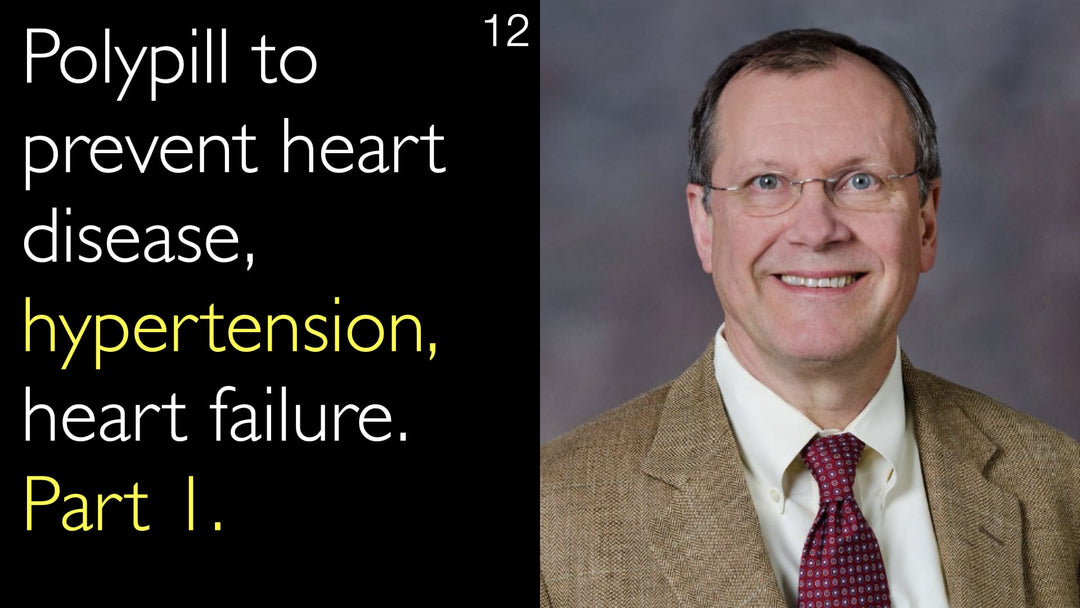Dr. Ottavio Alfieri, MD, a leading expert in cardiac surgery, discusses advanced surgical treatment options for congestive heart failure, focusing on left ventricular remodeling. Historically, heart transplantation was the primary option for end-stage heart failure, but new surgical techniques now offer alternatives to reverse or slow down left ventricular remodeling. Dr. Ottavio Alfieri, MD explains the importance of addressing pathophysiological components such as ischemic cardiomyopathy, arrhythmias, and mitral insufficiency. He highlights the benefits of surgical restoration of the left ventricle, which can improve heart function and quality of life. The discussion also emphasizes the value of a multidisciplinary approach in tailoring treatments to individual patient needs.
Advanced Surgical Options for Congestive Heart Failure and Left Ventricular Remodeling
Jump To Section
- Understanding Heart Failure and Left Ventricular Remodeling
- Benefits of Surgical Restoration of the Left Ventricle
- Addressing Mitral Insufficiency and Arrhythmias
- Hybrid Surgical Approaches for Heart Failure
- The Role of a Multidisciplinary Heart Team
- Full Transcript
Understanding Heart Failure and Left Ventricular Remodeling
Congestive heart failure involves a complex disease process, including left ventricular remodeling. Dr. Ottavio Alfieri, MD, explains that heart failure can stem from various causes, such as idiopathic cardiomyopathy and ischemic cardiomyopathy, which affects about two-thirds of heart failure patients. These conditions lead to poor heart contraction, often due to ischemia, myocardial hibernation, or stunning. Addressing these pathophysiological components is crucial in managing heart failure effectively.
Benefits of Surgical Restoration of the Left Ventricle
Surgical restoration of the left ventricle offers significant benefits for patients with heart failure. Dr. Ottavio Alfieri, MD highlights that this procedure reduces the size of the left ventricle and restores its physiological elliptical shape, enhancing contractility and eliminating dyssynchrony. By resecting arrhythmia-causing foci, the surgery also addresses malignant arrhythmias, improving overall heart function and patient quality of life.
Addressing Mitral Insufficiency and Arrhythmias
Mitral insufficiency and arrhythmias, such as atrial fibrillation, are common contributors to heart failure. Dr. Ottavio Alfieri, MD notes that surgical interventions can correct mitral valve issues and perform ablation procedures to eliminate atrial fibrillation. These treatments, combined with revascularization, tackle the underlying causes of left ventricular dysfunction, such as ischemia and myocardial hibernation.
Hybrid Surgical Approaches for Heart Failure
Dr. Alfieri describes hybrid surgical approaches that combine multiple procedures in a single operation. For example, left ventricular restoration can be performed alongside mitral valve correction, atrial fibrillation ablation, and coronary artery bypass grafting. Alternatively, a hybrid approach may involve surgical remodeling with percutaneous interventions, such as coronary stenting or atrial fibrillation ablation, tailored to the patient's surgical risk and clinical profile.
The Role of a Multidisciplinary Heart Team
A multidisciplinary heart team is essential in the treatment of heart failure, as emphasized by Dr. Alfieri. This team approach ensures comprehensive decision-making and execution of complex procedures, involving specialists from various fields. By collaborating, the heart team can offer personalized treatment plans that optimize outcomes for patients with congestive heart failure and left ventricular remodeling.
Full Transcript
Dr. Anton Titov, MD: So let's discuss surgical therapy options in congestive heart failure. There is a disease process that happens in congestive heart failure. It's called a left ventricular remodeling. Heart transplantation has historically been the only option for congestive heart failure and end-stage congestive heart failure. But now new surgical techniques exist to reverse the left ventricular remodeling or at least to slow it down in congestive heart failure. Could you please discuss the surgical treatment options for patients with congestive heart failure today?
Dr. Ottavio Alfieri, MD: Once you have patients with congestive heart failure, you have to consider the possible pathophysiological components of heart failure. For instance, you can have idiopathic cardiomyopathy, when the heart doesn't contract properly. This is one type of congestive heart failure. This is not so common compared with ischemic cardiomyopathy. Ischemic cardiomyopathy affects about two-thirds of the patients with heart failure.
The components of heart failure are different. You can have ischemia, you can have a hibernation of the myocardium. You can have a stunning of the myocardium. So the heart doesn't receive enough blood and it reacts by a poor contraction. Then you can have other reasons. For instance, you have a dilatation of the heart ventricle, some areas which are now akinetic, or dyskinetic. These factors can contribute to left ventricular dysfunction.
You can also have arrhythmias, for instance, atrial fibrillation. It contributes significantly to the poor left ventricular function. You can also have malignant arrhythmias, for instance. They contribute to problems in this situation. Obviously, you have to consider all these pathophysiological components. You may have, for instance, a dyskinetic area and dilatation of the left ventricle. You can propose a kind of a surgical restoration of the left ventricle.
This can be very effective because you reduce remarkably the size of the left ventricle. You also achieve the physiological shape of the left ventricle, which is not a ball, but it's an elliptic shape. The shape of the heart ventricle is very important for contraction. By offering this type of operation, so-called surgical restoration of the left ventricle, you will improve the quality of life. You improve the performance of the contractility of the left ventricle.
You will have eliminated dyssynchrony of a contraction of the left ventricle. Also, you can eliminate the malignant arrhythmias because you also resect the foci, which are responsible for the arrhythmia. There are many advantages of this type of operation. In addition, if mitral insufficiency is also present, you can treat the insufficiency of the mitral valve. Mitral regurgitation also contributes to heart failure. You can also eliminate this component of heart failure.
You can also eliminate atrial fibrillation with an ablation procedure. Then you can, of course, take care of that cardiac arrhythmia. You can also revascularize the patient. This will treat the hibernation of the ventricle or ischemia of the left ventricle. They produce this dysfunction of the contraction of the left ventricle. So putting together all these operations, you can really eliminate heart failure.
When heart failure is too advanced, and you have a very, very low ejection fraction, almost the entire ventricle is fibrotic. Then you have options only of heart transplantation or left ventricular assist device or replacement of the heart or an artificial heart. But this, of course, is a more rare situation.
Dr. Anton Titov, MD: These surgical techniques are when you plan a heart failure surgery to stop advancement or to even reverse the left ventricular remodeling. Do you do that in one surgery? Or do you do it in sequential surgical operations?
Dr. Ottavio Alfieri, MD: Many things you can do during the same surgery. For instance, you can make a restoration of the left ventricle together with correction of mitral insufficiency, ablation of atrial fibrillation, and revascularization of the heart. This is eliminating the problem of hibernation of the myocardium of the left ventricle.
Dr. Anton Titov, MD: Okay, that's very important. So you can do the hybrid heart surgery. You can do the coronary artery bypass grafting and at the same time you can solve the valvular problem. And that addresses the heart failure, left ventricular remodeling.
Dr. Ottavio Alfieri, MD: You can do both surgical operations together. Or you can use also a hybrid type of approach. For instance, you can do the surgical remodeling of the left ventricle and use, for instance, a percutaneous coronary intervention to solve the ischemia problem of the left ventricle. You can also use, for instance, percutaneous ablation of atrial fibrillation in combination with the surgical left ventricle restoration.
You can really decide the correct intervention according to the surgical risk of the patient, the clinical profile, and the age of the patient. So you can try to offer the best treatment for the patient.
Dr. Anton Titov, MD: So that's also important to emphasize the multidisciplinary approach.
Dr. Ottavio Alfieri, MD: Exactly! What you have noticed from what I said is that there are different specialties interacting in this treatment. This is a typical example of the heart team. It is very important not only in the decision-making but also in performing the procedures.








